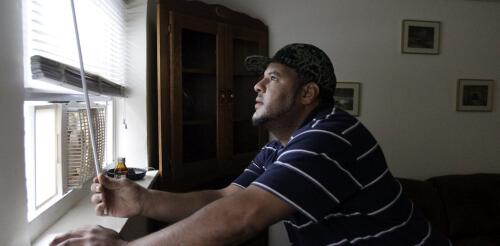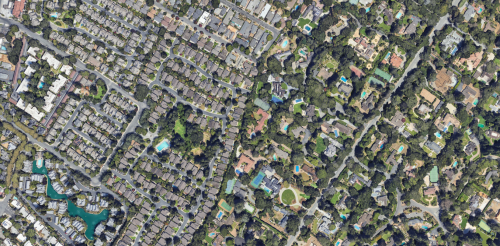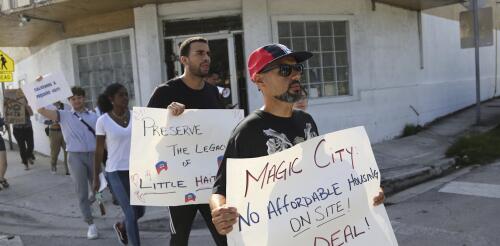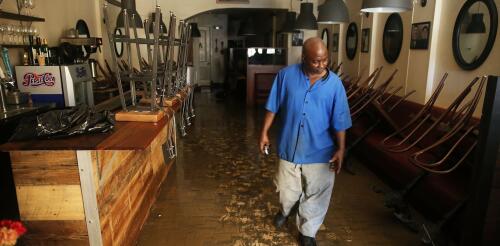Affordable housing
Green banks are starting to draw attention in the U.S., particularly since the federal government announced its first grant competitions under a national green bank program to bring clean technology and more affordable energy to low-income communities. But installing more solar and wind electricity generation isn’t the only way green banks can help. Massachusetts is launching an innovative new green bank that could become a model as states try to manage two crises at once: lack of affordable housing and climate change. While most green banks focus on clean energy, the Massachusetts Community Climate Bank is specifically designed to boost the state’s stock of sustainable, affordable housing. It comes at an opportune time: States can now tap into billions of dollars in new federal funding for green banks under the Inflation Reduction Act. So what exactly is a green bank, and how might it work for sustainable housing? What is a green bank? Despite the name, green b...
The odd headlines about little towns in the San Francisco Bay Area just keep coming. First Woodside, a tiny suburb where several Silicon Valley CEOs have lived, tried to declare itself a mountain lion habitat to evade a new California law that enabled owners of single-family homes to subdivide their lots to create additional housing. Then wealthy Atherton, with a population of 7,000 and a median home sale price of US$7.5 million, tried to update its state-mandated housing plan. Until very recently, 100% of Atherton’s residentially zoned land allowed only single-family houses on large lots. When the City Council considered rezoning a handful of properties to allow townhouses, strenuous objections poured in from such notable local residents as basketball star Steph Curry and billionaire venture capitalist Marc Andreessen. A council member argued that the town should “express and explain the specialness of Atherton … to succeed in reducing [the state’s] ex...
Miami’s Little Haiti has been an immigrant community for decades. Its streets are lined with small homes and colorful shops that cater to the neighborhood, a predominantly Afro-Caribbean population with a median household income well below Miami’s. But Little Haiti’s character may be changing. A $1 billion real estate development called the Magic City Innovation District is planned in the neighborhood, with luxury high-rise apartments, high-end shops and glass office towers. Little Haiti’s streets have been lined with murals and mom-and-pop shops for generations, but that’s changing. Joe Raedle/Getty Images The developers emphasize their commitment to sustainability. But high-end real estate investments like this raise property values, pushing up property taxes and the cost of living for surrounding neighborhoods. The potential effect on shops and homeowners and on t...
How a community recovers after a disaster like Hurricane Ian is often a “chicken and egg” question: Which returns first – businesses or households? Businesses need employees and customers to be able to function. Households need jobs and the services businesses provide. As an urban planning researcher who focuses on housing recovery after disasters, I have found in my research that they’re mutually dependent. However, in coastal communities, the recovery of tourism-based businesses like restaurants and hotels depends in large part on the return of affordable housing for employees. Rockport, Texas, where Hurricane Harvey made landfall in 2017, is an example of the challenge. It’s a small community that caters to vacationers and sport fishermen, including celebrities like country singer George Strait, who filmed an ad campaign in 2018 urging tourists to return to Rockport. Drawing tourists isn’t easy without fully functioning restaurants and hot...



